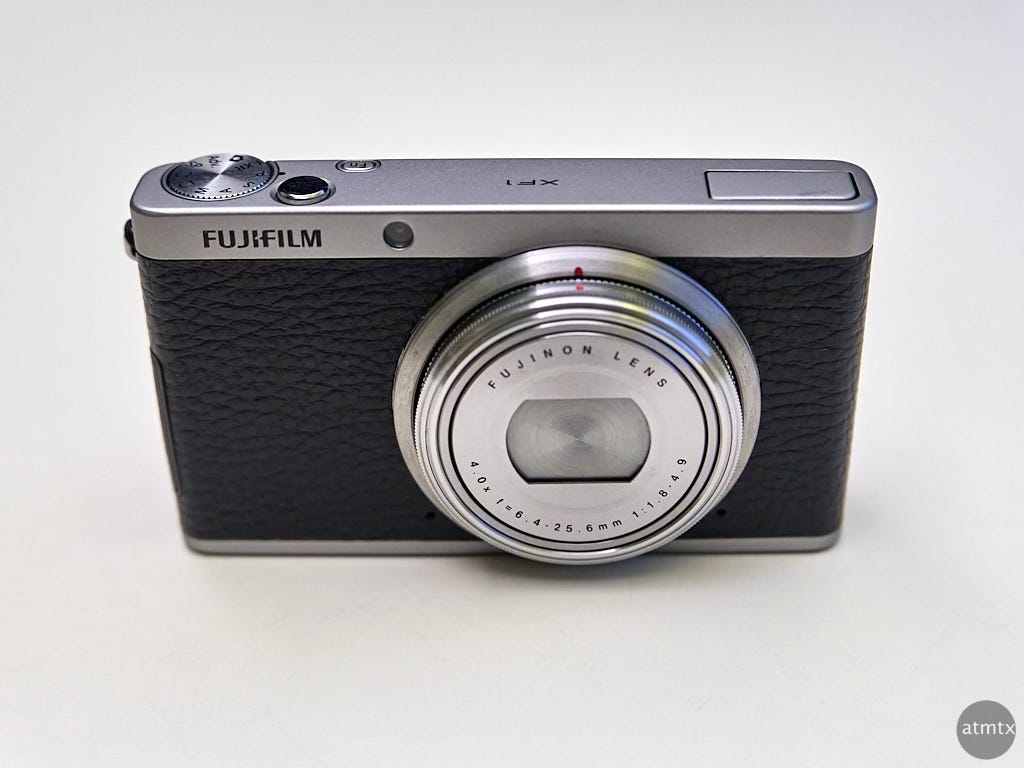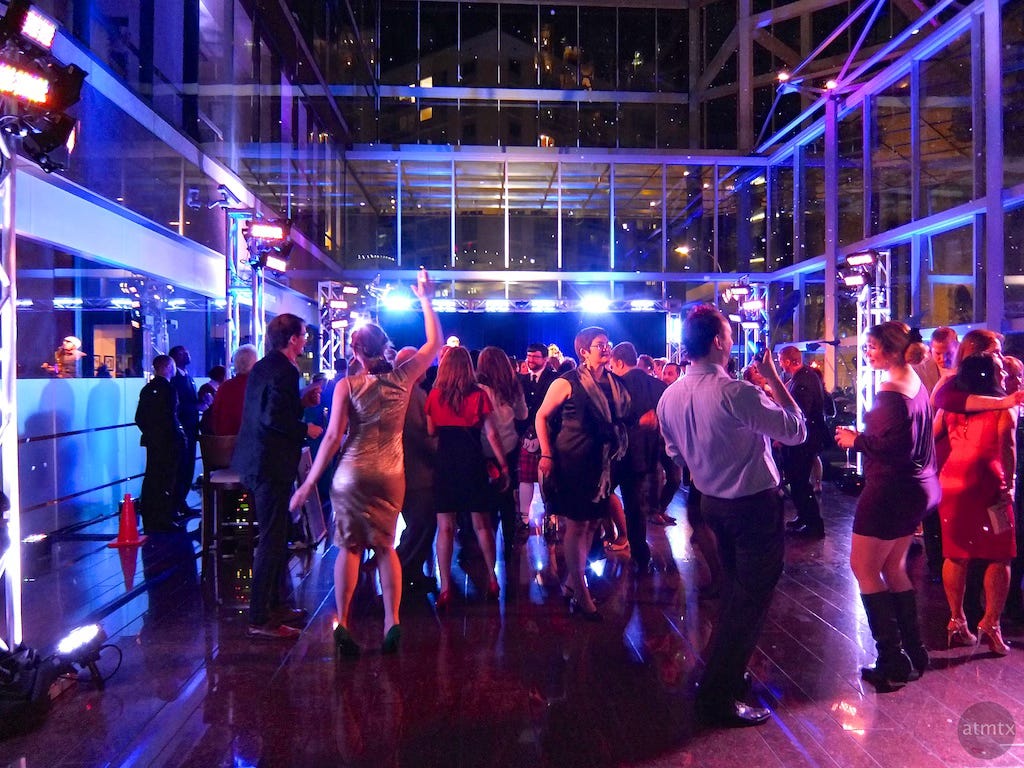Rebirth of the 13-year-old Fujifilm XF1
The desire for a retro point-and-shoot is alive and well, even with my son.
A few days ago, my son left for a two-week trip to Japan with a couple of friends he’s known since elementary school–just a week after I returned from my own Japan trip. As someone who just graduated from college, I know he would rather travel with his friends than with his parents.
As is the trend with youngsters, he was looking for a retro point-and-shoot to document his trip instead of using his iPhone. He even went to a camera store to look for available models. Luckily, he didn’t find anything since I have more retro cameras in my Camera Museum than most stores.
I picked three models off my display shelf for his consideration:
The Panasonic ZS50 from 2015 has a tiny 1/2.3” 12MP sensor but a class-leading 30x zoom from 24-720mm equivalent range. I shot extensively with this capable compact throughout 2016 and 2017 and created 216 blog posts. It was my EDC (Every Day Carry) camera, which I dubbed my Photo Sketchbook.
The truly modest Fujifilm FinePix A900, a cheap 9MP point-and-shoot I bought for $22 during the pandemic because I was bored. I threw in this option just in case my son was looking for an authentic retro snapshot experience. I have 8 blog posts about the camera, including this short review.
The Fujifilm XF1 from 2012 with 12MP and a comparably large 2/3” sensor. This was my favorite EDC camera in 2013. I only made 12 blog posts using it; however, I used the XF1 extensively for family snapshots. It has some special powers that even modern cameras don’t have.
As you might have guessed, my son opted for the Fujifilm XF1, which I agreed was the best choice. He didn’t need the extensive zoom of the Panasonic ZS50, and the A900 was too crappy. The XF1 is also a tad smaller than the Panasonic.


The first superpower of the Fujifilm XF1 is the ability of the flash to blend seamlessly with the available light. Several Fuji models have this capability, and they do it much better than other camera companies, including many modern cameras. That’s what made this a fantastic snapshot camera for the family. I could take excellent pictures in dark restaurants.
I made this portrait of Kasie in a bar on Austin’s famous 6th Street. The picture on the left is what happens without flash. Look at the flash picture on the right; it removes the dullness of the portrait. However, notice the background color and details are preserved, not rendering it into a black void. Also, Kasie is not an overexposed mess. Read more about the camera in my blog post “The 6th Street Photowalk and using the strengths of Olympus and Fujifilm” where I took this example.
The XF1 is also surprisingly capable in darker conditions, like this concert. I snapped this picture in 2013 in downtown Austin when they used to have Fan Fest for F1 weekend (too bad they don’t have these anymore). Please take a look at more pictures I shot that night.
Remarkably, the Fuji XF1 now sells on eBay for about $300, used. I’ve even seen Amazon Marketplace entries as high as $600. I bought the camera over a decade ago, brand new, for $200. The potential return on investment seems better than many other investments.
The svelte and good-looking camera also worked well for parties. The XF1 was the camera I took to corporate holiday parties when I had to wear a suit. The camera easily slipped into the coat pocket. It allowed me to make snapshots of the action and portraits of coworkers.
Finally, like many newer Fujifilm film cameras, the XF1 has very capable film simulations. I used the in-camera black and white mode to shoot this picture in Giddings, Texas. I feature more rustic monochromes from Giddings in this post.
As you can see, despite being released in 2012, the Fuji XF1 makes for a very capable and compact camera. My son is not a photography enthusiast like I am, but I’m still looking forward to what he captures in Japan.
Click here if you want to see all my blog posts using the Fujifilm XF1.







